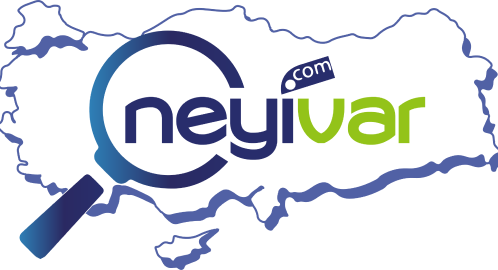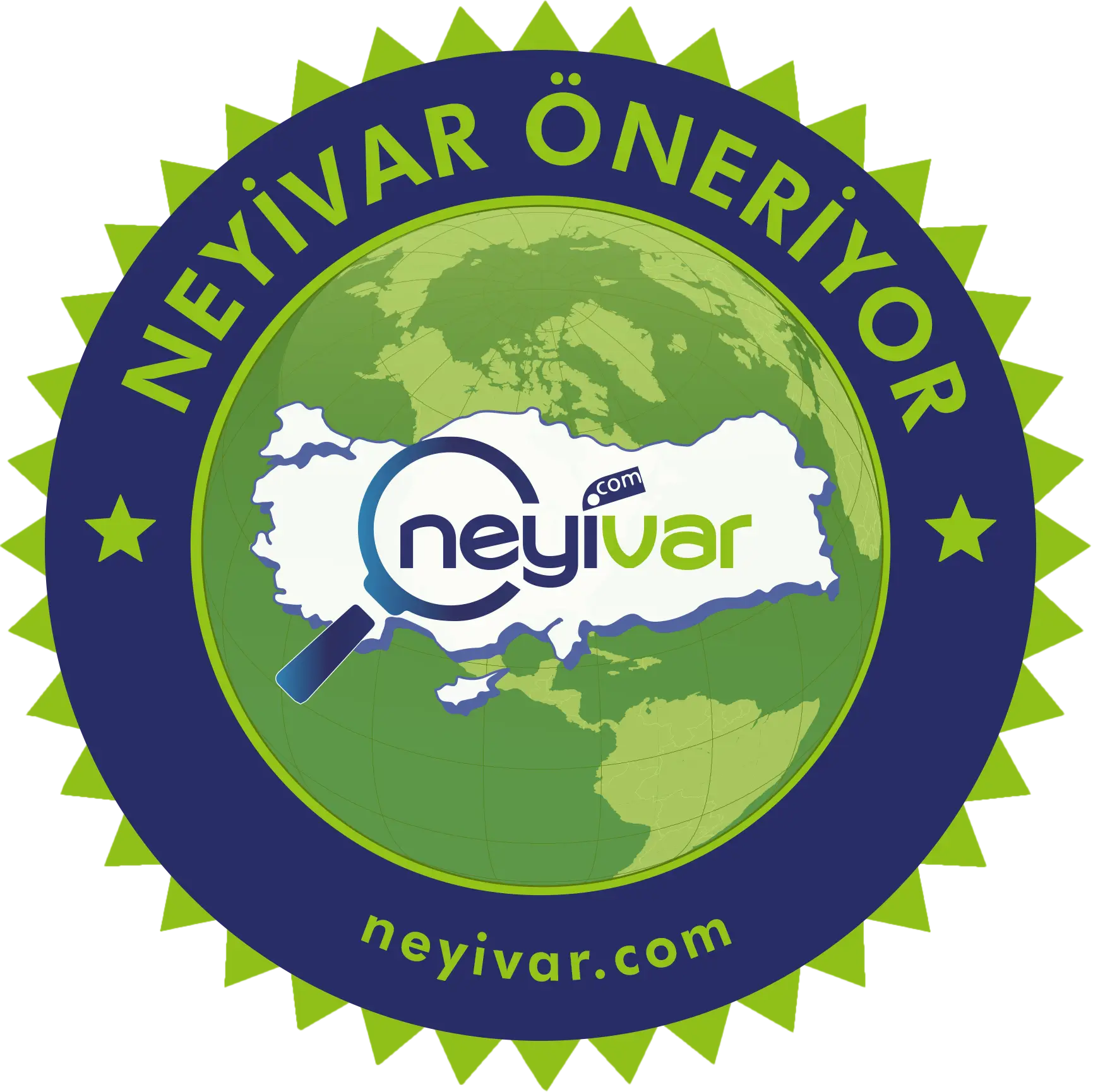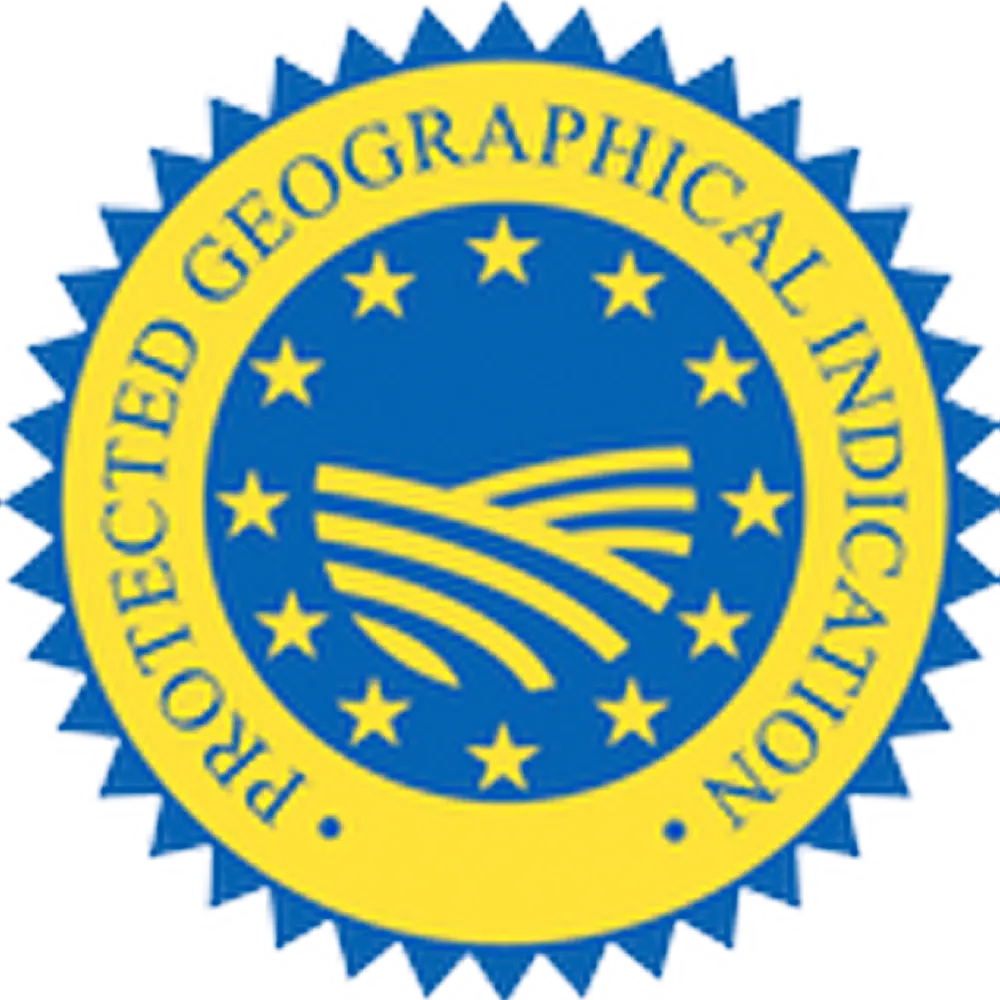Karacakilavuz Twill Weave Geographical Registration Certificate
Monday, June 26, 2023
Registration Number: 467
Registration Date: 30.10.2019
Application No: C2018/141
Application Date: 27.06.2018
Name of Geographical Indication: Karacakilavuz Twill Weave
Product / Product Group: Weaving / Weaving
Type of Geographical Indication: Geographical indication
Registrant: Tekirdağ Provincial Directorate of Culture and Tourism
Address of the Registrant: Orta Cami Mah. Hasan Efendi Cad. No:8/1 Suleymanpasa TEKIRDAG
Geographical Boundary: Tekirdağ province Süleymanpaşa district
Usage: The geographical indication phrase will be placed on the product with the brand and on the label, not being less than the brand phrase.
Product Description and Distinguishing Features:
Karacakilavuz is a neighborhood of the Süleymanpaşa district of Tekirdağ province and this neighborhood is one of the important weaving centers of Anatolia. Local weavings are woven on looms with four pedals, called "order", made of oak and hornbeam trees. The most important feature of weaving is the use of twill, which is one of the shuttle weaving techniques, and the cicim technique, which is one of the weaving techniques with kirkit. Karacakilavuz Twill Weaves are fabricated wool and cotton threads. The threads used in weavings, which usually have a lively appearance, are colored with natural and aniline dyes. Karacakilavuz Twill Weaves, which are used in making amulets, prayer rugs, curtains, cushion faces, saddlebags, bags, and clothes, are designed in five different composition schemes: horizontal, vertical, scattering, central and mihrab.
Production Method:
Local weavings are woven on looms with four pedals (four strengths), called "lay", made of oak and hornbeam trees. The most important feature of these weavings is that they are made by using the cicim technique, which is one of the shuttle weaving techniques, twill and kirkit weaving techniques.
The threads to be used in weaving come in the form of a hank (the form of the threads to be used in weaving, which is not made into balls), and they are formed into balls by putting them on a gülcana/elemye (a tool used for winding hanks of thread into balls). When 15 balls are made, the threads are ready for warping. Warp preparation is started by putting 15 balls in 15 different bags.
A weaving base of 65 cm width and desired length is prepared from 740 handles. The ropes are taken from the stakes and wrapped in the marmara/levent with the help of 3 people. By placing the four powers in a high place, the ropes are passed through the power by applying the technique of passing the power with the help of two people. Then, with two people, two handles are passed from each wire of the comb and the process is passed through the comb. Then the threads are tied to the loom and the weaving process is started. The distinctive feature of the twill weaving technique is that it has four strengths and the threads pass through the comb twice.
There are 12 local motifs embroidered in Karacakılavuz Twill Weaving:
Dog foot motif
Ram horn motif
Sheepeye motif
snowflakes motif
oak branch motif
peacock motif
locks motif
three roses motif
Ayva göbeği motif
horseshoe motif
stars motif
Oil lamps motif
The motifs to be embroidered are woven at the desired length with a width of 65 cm. Motifs, sweet on twill technique
processed using the technique. Rugs, prayer rugs, saddlebags, curtains, cushion covers, wall decorations, wall panels, and amulets are produced from Karacakılavuz Twill Weave.
The special tools used in production are as follows:
Wool comb: It is a tool used for combing the wool that is trimmed from sheep's wool and washed and dried.
Spindle: It is a tool that has a spindle on it and is used to twist the yarn by turning the spindle with the hand or foot.
Elemye (Gülcan): It is a tool used for winding hanks of yarn into balls.
Shuttle: In order for the warp threads to connect with the weft threads, the weft thread must be inserted through the nozzle.
It's a tool to get through.
Bobbin: The weft thread is wound on the reel by attaching the groove and it is passed into the shuttle during weaving.
It is the tool used to pass the weft thread.
Weaving Loom: The looms called “layout” with four pedals in Karacakilavuz Twill Weavings
used. The loom, the stabilizers that ensure the stability of the assembly, the front and rear seams where the warp threads are wrapped,
The force that separates the warp threads from each other, the drum that ensures the compression of the weft threads,
and pedals that provide sequential lifting and are used to stretch the warp threads stretched to the loom.
It is made up of parts called sprockets.
Production, Processing and Other Operations to be performed within the Geographical Boundary:
Karacakılavuz Twill Weavings have a reputation identified with the region. All stages of production specified
takes place within the geographical boundary.
Check:
For Karacakilavuz Twill Weave, it is inspected by the inspection authority whether the traditional motifs are embroidered, whether these motifs are made in accordance with the twill technique and whether the label bearing the geographical indication phrase is on the product. The inspection authority will consist of 3 people, one each from Tekirdağ Namık Kemal University Engineering Faculty, Tekirdağ Public Education Center Directorate and Karacakılavuz Small Art Cooperative, under the coordination of Tekirdağ Provincial Culture and Tourism Directorate.
Inspections are made once a year, always upon consumer complaints. As a result of the audit, the audit report is prepared and submitted to the Turkish Patent and Trademark Office every year. The inspection authority may benefit from or purchase services from public institutions or private institutions or real or legal persons who are experts in them during the execution of the inspection. The registrant carries out the legal processes for the protection of rights.












